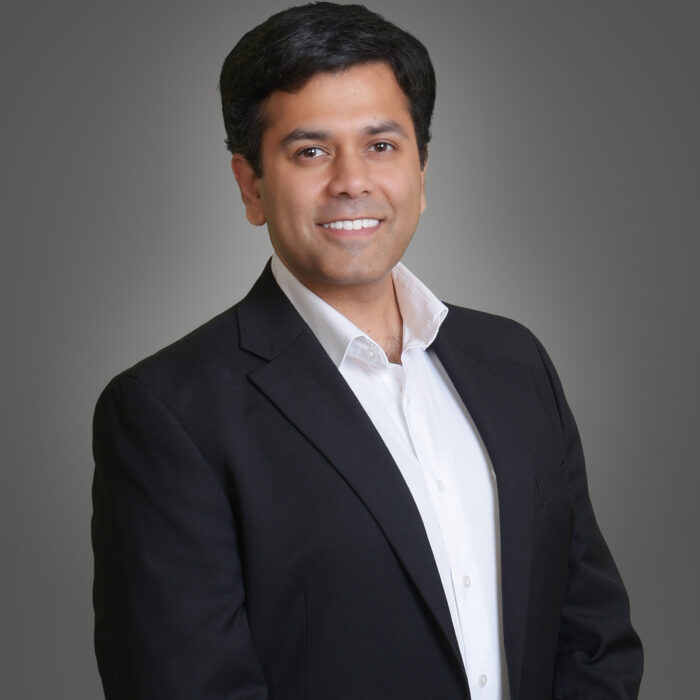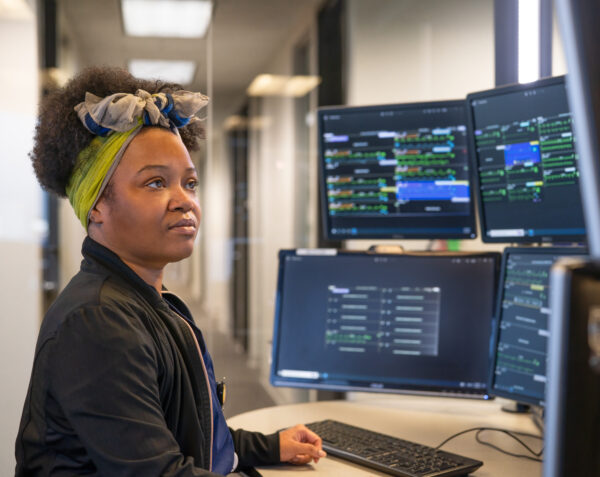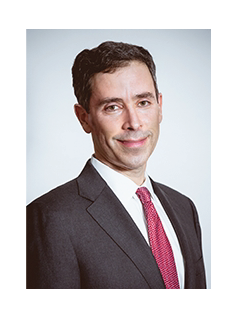Let’s dig in.
What Is a Telemetry Technician?
A telemetry technician, also referred to as an electrocardiograph (EKG or ECG) technician or cardiac monitor technician, is a healthcare professional who monitors the electrical activity of a patient’s heart.
What Is the Role of a Telemetry Technician?
Telemetry technicians are responsible for observing and interpreting patient heart rhythms to support clinician diagnoses and treatments. In addition, telemetry technicians are trained to attach electrocardiography leads and cables to ensure proper data collection and monitoring.Is Telemetry a Level of Care?
Telemetry is not a level of care. While telemetry is often confused for a level of care, the three levels of care are: critical, intermediate, and acute. Telemetry services can supplement care at any level.How Do You Become a Telemetry Technician?
Hicuity Health provides healthcare facilities with 24/7 continuous remote telemetry monitoring by Certified Electrocardiogram Technicians (CETs). Obtaining CET certification from an accredited organization is one of the best ways to become a telemetry technician. However, many employers will begin training and onboarding new telemetry technician hires in tandem with their CET exam studies, with field deployment pending a passing score.What’s It Like Being a Telemetry Technician?

As Hicuity Health’s Telemetry Clinical Coordinator, Adnan Javed assists with the training of new technician hires. He also manages and monitors patients himself, ensuring safety and quality care.
The following interview with Adnan sheds light on the expertise and day-to-day activities of Hicuity Health’s telemetry technicians and team.
Q. What is your background and experience?
I earned a Bachelor of Science in Human Biology from the University of Toronto, Canada, and a Doctor of Medicine (MD) from Wroclaw Medical University, Poland. While I am currently an MD, I have yet to complete my licensing exams to work in that capacity in the United States. Prior to joining Hicuity Health, I worked as a Physician Assistant in Canada, where I gained valuable experience taking detailed patient histories, conducting physical examinations, and ordering and interpreting tests, imaging, and specialist reports to inform diagnoses and treatment plans while collaborating closely with supervising physicians to ensure quality patient care. I also participated in the Ontario Telemedicine Network (OTN) in Canada, facilitating remote consultations.
My love of patient care and my passion for virtual care are what brought me to Hicuity Health and inspired me to become a CET. The joy I find in sharing my knowledge with new technician hires is an additional perk to my role as Telemetry Clinical Coordinator.
<
Q. Where does your passion for virtual care come from?
During my time with OTN, I saw firsthand how virtual care expands patient access to care. As a practitioner, one of the limitations of in-person care is that you’re treating one patient at a time. It’s not as efficient. It’s also frustrating. As healthcare professionals, we’re inherently motivated to help people. The idea of patients in need not being able to access timely care sends shivers down our spines.
At Hicuity Health, we’re able to support practitioners at the bedside by remotely managing and monitoring high volumes of patients at the same time through our Telemetry Service. This takes a ton of the workload off the shoulders of the nurses on-site, freeing up time they can allocate to treating more patients — without sacrificing safety. In fact, patient safety can be improved through the reduction of sentinel events.
Q. What makes improvements in patient safety possible through 24/7 continuous remote cardiac telemetry monitoring?
A notable example is by alleviating alarm fatigue at the bedside. In a critical or intensive care unit, you’re going to be managing and monitoring patients who aren’t doing so well, so they’re going to have constant alarms. In a unit where you have multiple patients constantly alarming, trying to figure out which alarms are important, and which aren’t, can be a struggle. Doing that for a long time, especially on top of other bedside patient care duties, leads to fatigue. Busy staff can become desensitized to the continuous pings of the cardiac telemetry monitoring systems, and important warning signs can be missed.
Hicuity Health’s telemetry technicians are exempt from other bedside patient care duties. As remote CETs, they are specialists with a singular focus on patient safety. They’re also able reach bedside nurses or hospital emergency rapid response teams immediately to aid patients in danger.
At the same time, we have a buddy system in place to combat alarm fatigue among our own remote CETs. If a tech starts to feel fatigued, a buddy can take over. Just like at the bedside, we don’t want any one person seeing too many patients. Safety and quality of patient care are at the forefront of every decision we make.
Hicuity Health does an excellent job making sure patients are being constantly monitored 24/7. Even during shift change, there’s always an overlap. There’s no way that a patient will not be monitored.
Q. What other challenges do you and your team of remote CETs help solve for bedside staff?
As CETs, we’re skilled in identifying and interpreting the cardiac diagnostic information bedside clinicians need to help treat patients better. Obviously, the doctor is going to be the one who makes the final diagnosis, but we might surface information indicative of a third-degree block, for example, and recommend that the bedside staff look into the patient. For anything that’s a lethal alarm, we’re able to reach bedside immediately.
For instance, with a client in the Northeast, we have a process where if there is a lethal alarm, we can send a blast text to everybody in the unit. So, if it’s something serious, that patient is going to get the proper care they need. On the other hand, if it’s something minor, we follow an escalation procedure — meaning that, if we’re not able to reach the bedside because they’re busy, we go to the charge nurse, supervisor, and so on and so forth. The same process would happen in the same situation if I was there physically as a tech. If the bedside nurse was busy in a different room, I may not be able to reach them so I would escalate. We truly work hand-in-hand with each healthcare facility to ensure we achieve the best possible clinical outcomes at every turn.
Q. As a trainer of new telemetry techs, how do you ensure they have the knowledge and skills needed to succeed in achieving the best possible clinical outcomes?
It starts during the interview process. We begin by looking for people with a medical background who can demonstrate basic knowledge of what to look into for electrocardiogram (ECG) interpretation. If they do well, then we ask them to come in for a formal interview in person. During that time, we give them a test. I want to see if they’re able to interpret the rhythms, as well as calculate the heart rate and certain segments within the ECG. I want to see if they’re able to diagnose correctly, and I want to get a feel for their overall vibe. Following the test, we have them sit with one of the techs to see firsthand how comfortable they are with what we do, how well they get along with others, and how attentive they remain.
When new techs join, we begin with an intensive training program, regardless of whether they already hold their CET certifications. This training is comprehensive, focusing not only on interpretation skills but also on how to manage and navigate various systems. Given that we oversee multiple hospitals, each with its own unique protocols and systems, it’s crucial that our techs become knowledgeable about a range of technologies. These include Nihon Khoden, Mindray, GE, and Philips, among others. It’s not enough to excel at data interpretation; a certain level of telemetry system proficiency is also required. However, if a new team member lacks this proficiency, we provide the necessary training to ensure they are well-prepared.
Once the initial training is complete, and assuming the new techs have successfully passed their CET certification exams, they move on to on-the-job training. During this period, they work closely with an experienced technician, observing and learning about the types of assignments they’ll encounter. Throughout this time, I personally, along with a few other tech supervisors at Hicuity Health, receive regular feedback every second shift to monitor their progress. After the on-the-job training shifts, we ask the new techs how they feel about their readiness to work independently. If they feel they need more time, we accommodate that request without hesitation. For example, even though I have a medical background, I asked for two additional training shifts to become comfortable.
In addition to this, I make it a point to regularly check in with new team members, asking if they are facing any challenges or difficulties. This open communication lays a foundation for collaboration. We’ve also implemented a safety huddle held two hours into each shift. During these huddles, we discuss any issues or concerns so we can address them promptly and keep operations running smoothly. Overall, our onboarding process is designed to ensure that every new tech is thoroughly trained and fully prepared to excel in monitoring patients.
Q. What are some of the most rewarding parts of your job?
I love patient care, and I love training. I love helping and making a difference. I’d say about 90-95% of the time the patient being monitored is completely fine. But it’s that 5% when something does go down, that’s what my team and I want to catch. It doesn’t happen often, but when it does, we’re empowered to help. It’s like doing cardiopulmonary resuscitation (CPR): You’re not always going to be able to save the patient but having that ability in the moment makes it possible.
I also find it rewarding when my team and I can make a difference at the macro level. For example, we assisted in the successful transfer of a hospital’s telemetry services from one location to another. The project was a significant undertaking, and I cannot claim sole responsibility — it was a true team effort. While the distance between the two locations isn’t extensive, the challenge lay in transferring an entire hospital to a new facility. To achieve this, we coordinated ambulances to transport patients, maintaining constant communication with both facilities. We spent months meticulously planning to ensure that at no point during the transfer was a patient left unmonitored by our team or the ambulance team tasked with the physical transfer. At the same time, as soon as a patient left one facility, we were in touch with the team at the other facility, ensuring continuous monitoring.
Most of the patients we transferred were elderly, which added another layer of complexity. Despite this, I believe we executed the transfer exceptionally well. Another key aspect of the project was the change in the cardiac telemetry monitoring systems. It became my responsibility to learn the new system before using it with patients on our service. After receiving training, I developed a teaching module for my team. I spent hours with each technician, ensuring they fully understood the new system by having them explain it back to me. This preparation allowed us to be ready for the transfer, enabling us to monitor the patients effectively and relay critical information to the bedside teams. Throughout this entire process, our focus remained on patient care and safety, which is the cornerstone of everything we do.
Explore a Telemetry Technician Career with Hicuity Health
Ready to take the next step as a telemetry tech?


